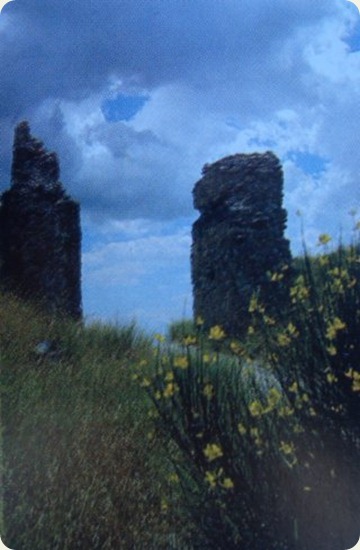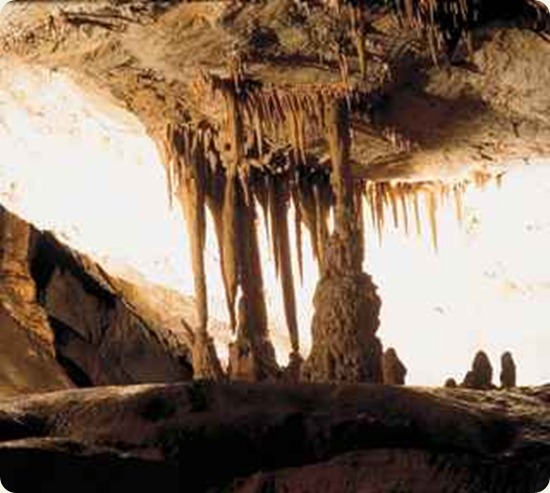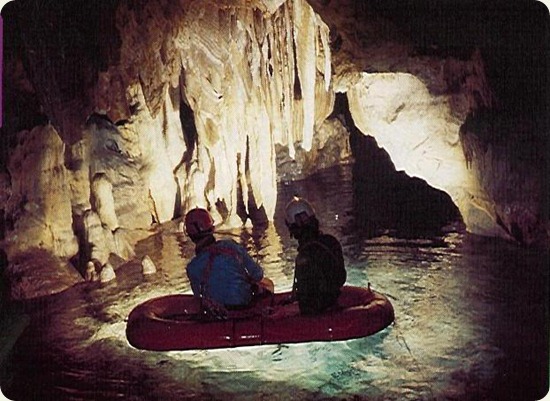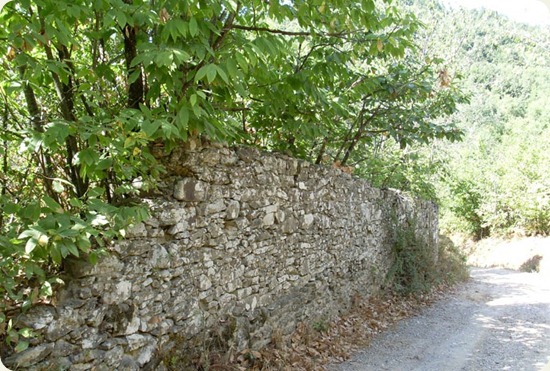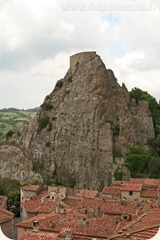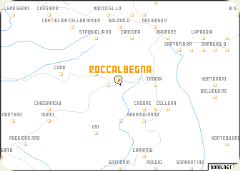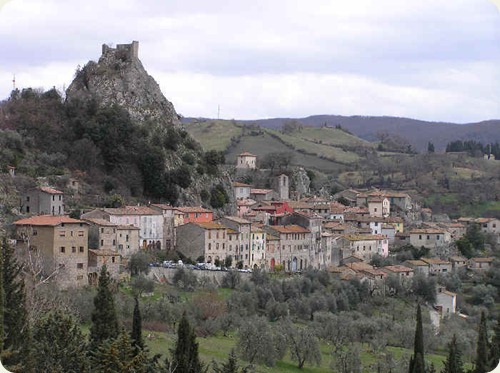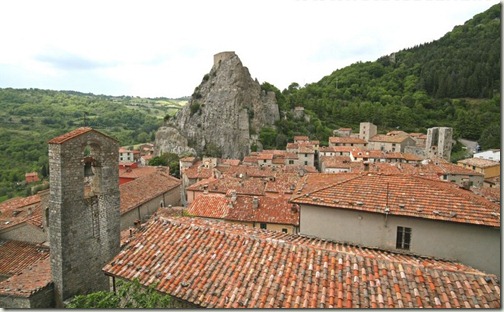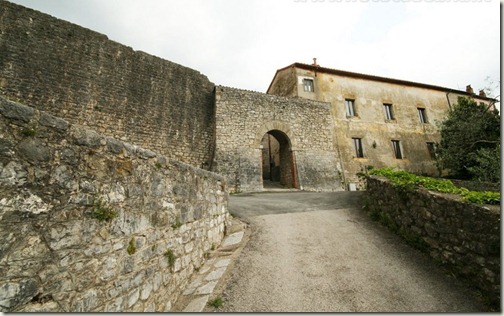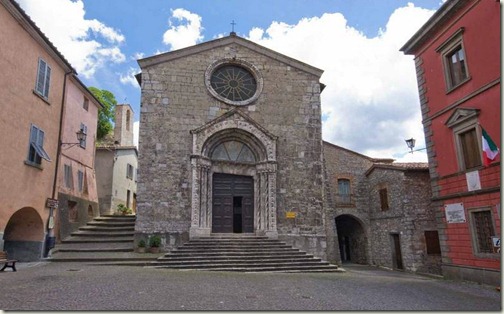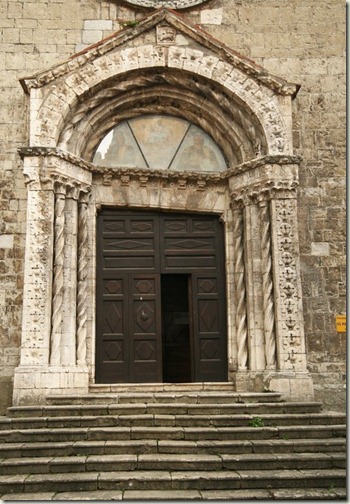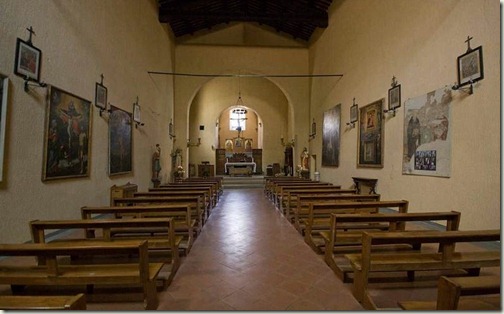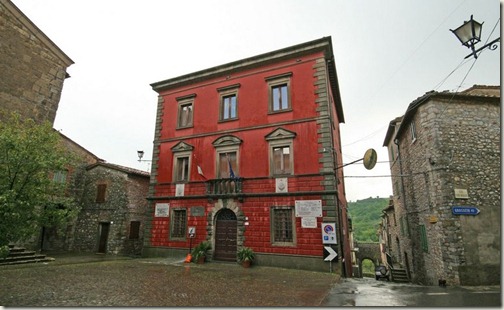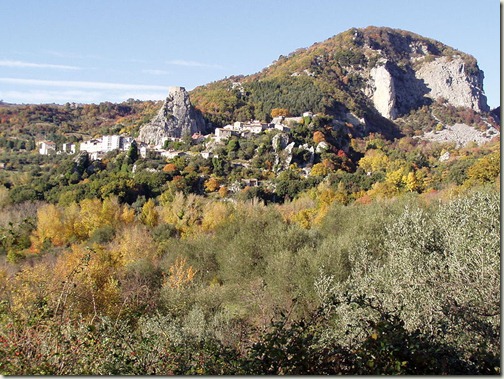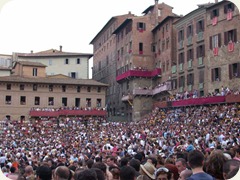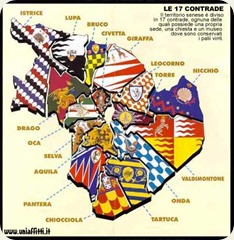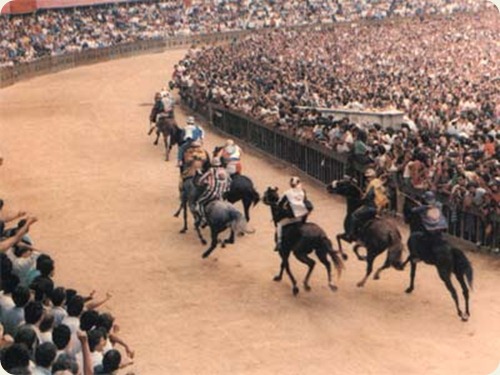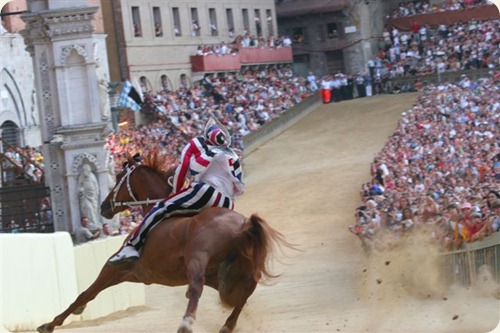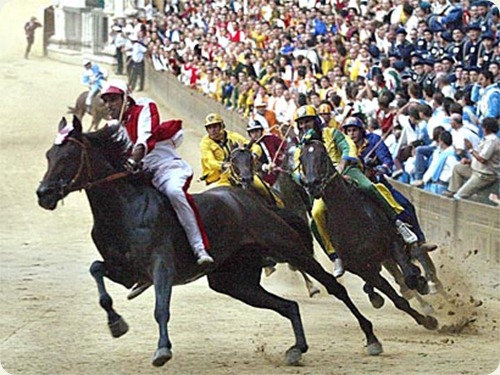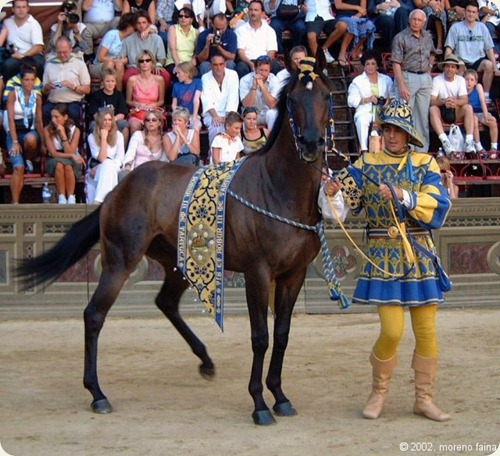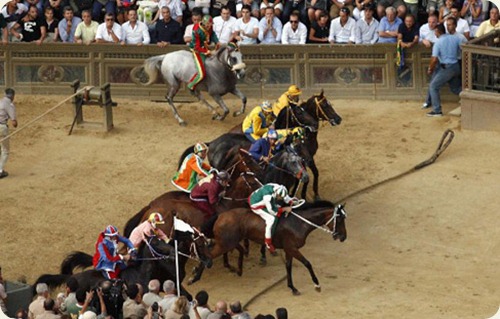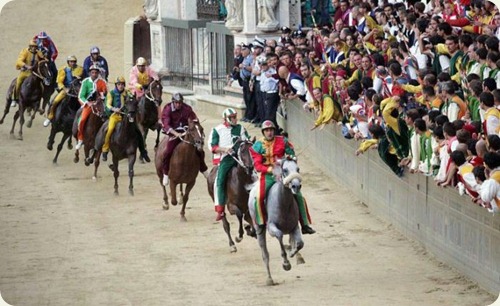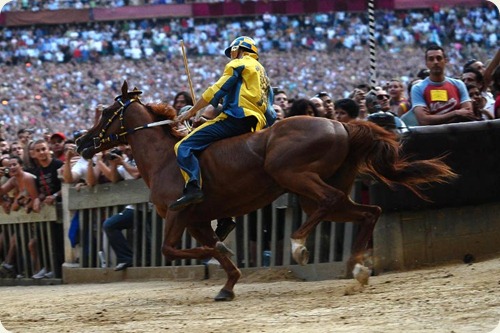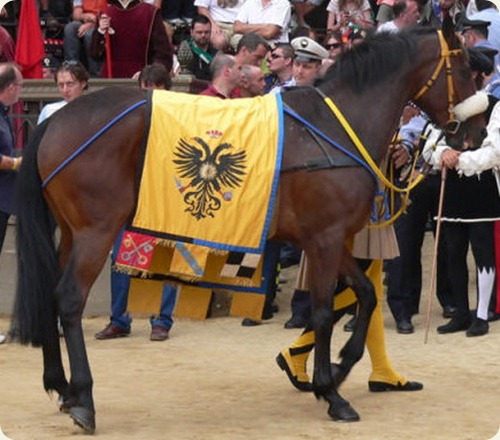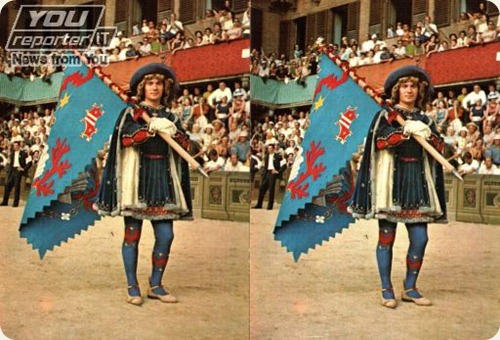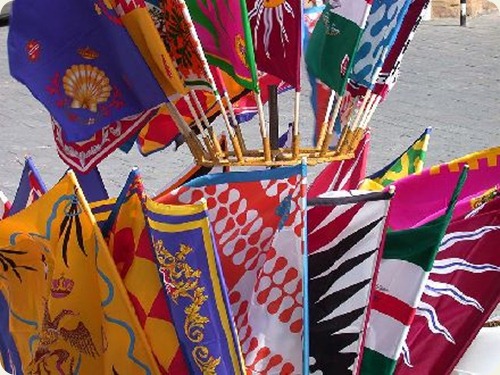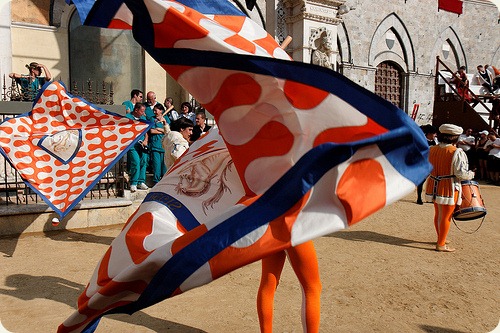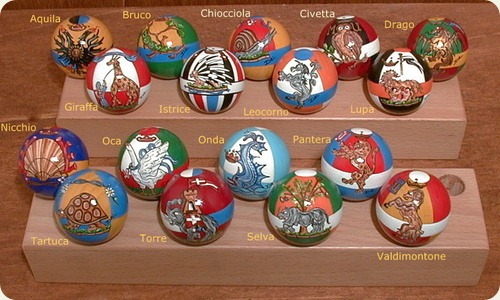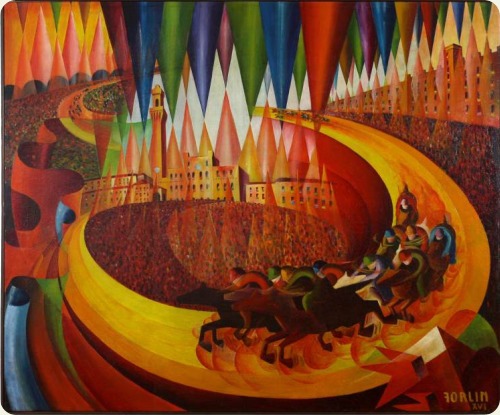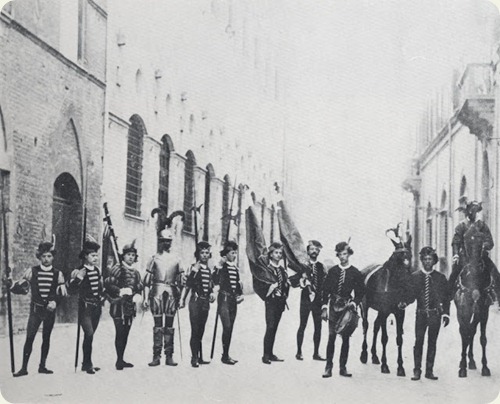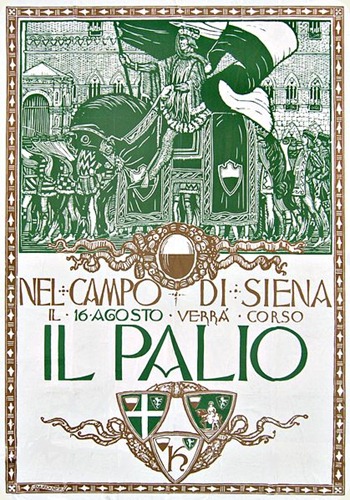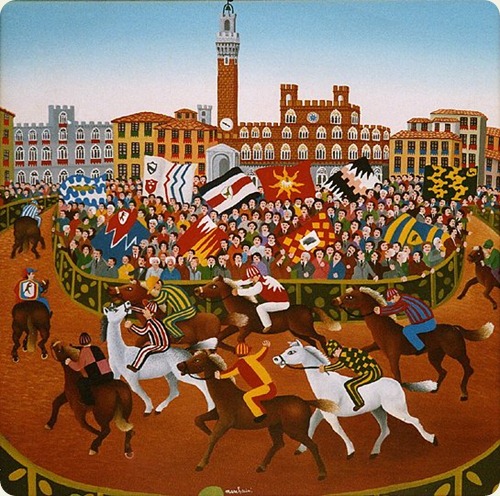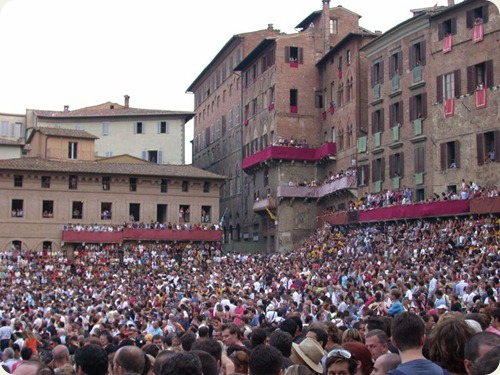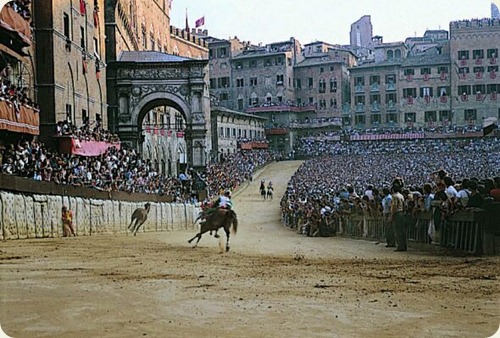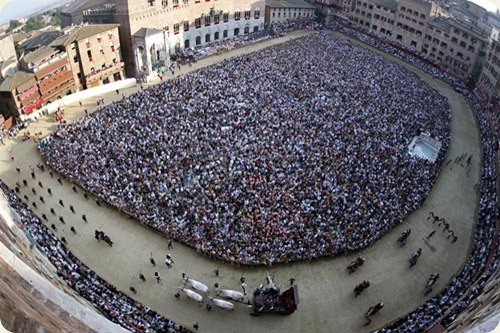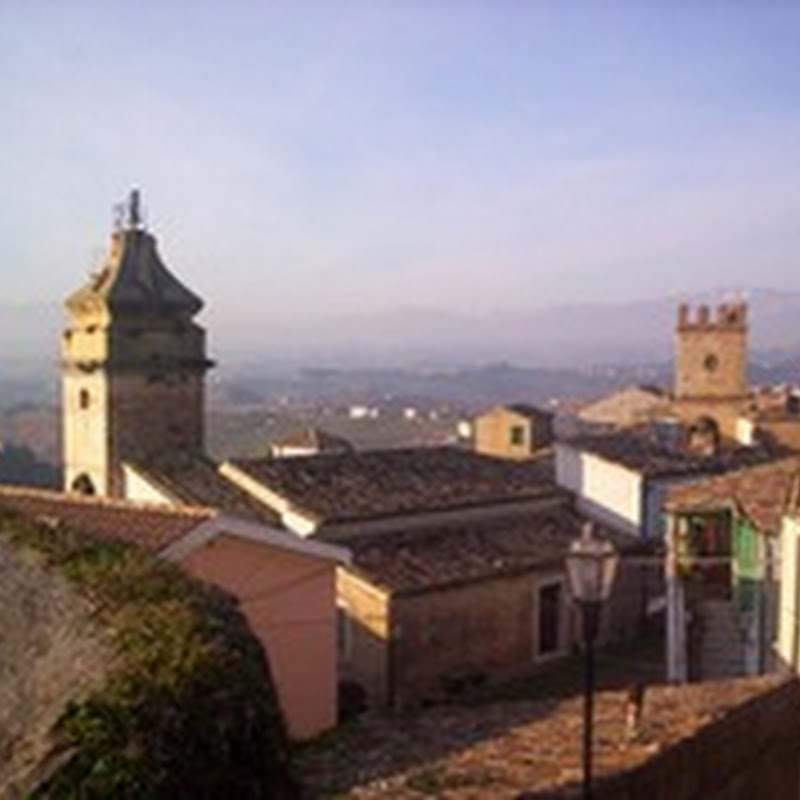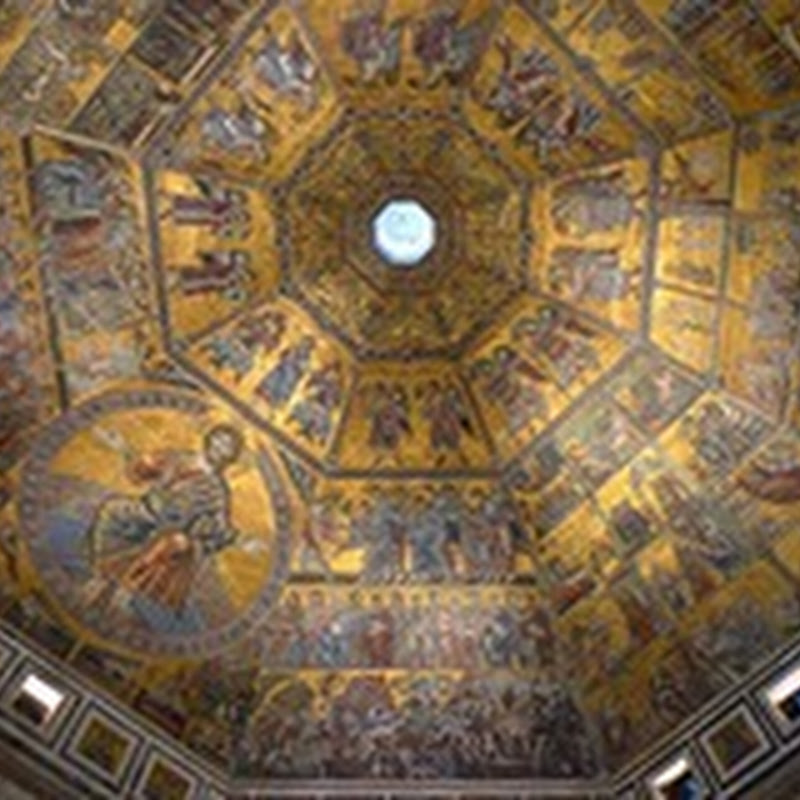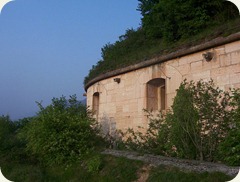
The Fort Ceraino, originally called Fort Hlawaty, is a fortress built by the Austrians, which rises in the territory of the municipality of Dolcè on the left bank of the Adige.
Passed in 1866 in Italian hands, took the name of Fort Ceraino (from the locality of the municipality is located).

Currently decommissioned by the army, is in a state of neglect.
The Ceraino Fort, built by the Austrians between 1850 and 1851, was called by them to the Lieutenant Field Marshal Johann von Hlavaty in recognition for his work as a military architect. After 1866, when Veneto was annexed to the Kingdom of Italy, was called Fort Ceraino.
It rises on the left side of the Adige on a small shelf at a height of Mount Pastel 236, but the underlying domain of the bend in the river, in the municipality of Dolcè Ceraino in the locality. He had to beat the Val Lagarina Dolcè, Mount San Marco and a part of the morainic amphitheater of Rivoli, crossing fire with strong Rivoli and the Adige below.
After the meeting of the Veneto region of Italy, was ammodernto and improved by changing the direction of the shot, and plugging in the new defensive system built into the Trentino border of the Habsburg Empire. Was used as a munitions depot. It has been discharged from a few years by the Italian Army and was used by the Forest Service.
Today the fort is open from the outside.
The fort is located at a height of 236 m above sea level and is situated on a plateau dominating the valley of the Adige, on the side of Mount Pastel. It was and is still accessible via a narrow military road from the hamlet of Ceraino and then connects it to the Fort of Mt.

Its construction has been constrained by the uneven rocky, leading him to have an irregular plan.
The building was built entirely of local red ammonitic. The main part consists of a central battery system consists of a casemate directed towards the valley of the Adige with 8 slots for the artillery.
At the side there is a wall that connects two distinct parts, provided with slits. The two parts consist of two blockhouses, one on the north tip of the north-west (with five slots) and one south, which has two slits facing west.
Outside is equipped with a fence that protects the gunner, with a layer of earth often more than two meters. Furthermore, the fort is surrounded by a ditch ten feet wide and deep as many circus that narrows toward the rock. At the entrance there is a drawbridge.
Inside is a courtyard with large tanks for rainwater piping systems with ingenious. The interiors are well designed, with various rooms of different uses: gunner, interior stairs and corridors, storerooms, rooms for officers, etc.
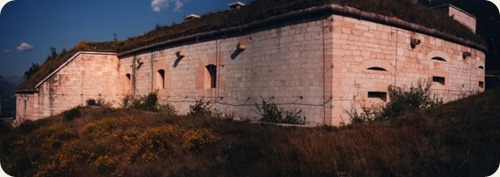
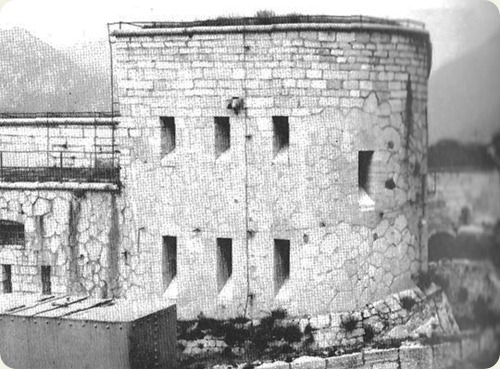
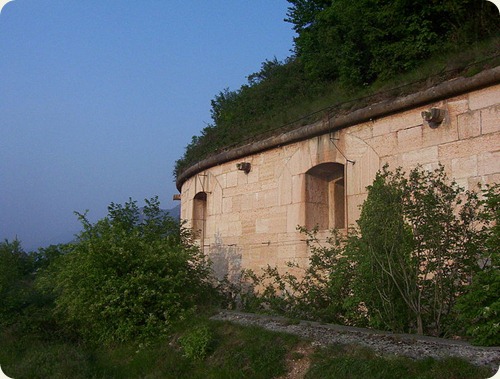
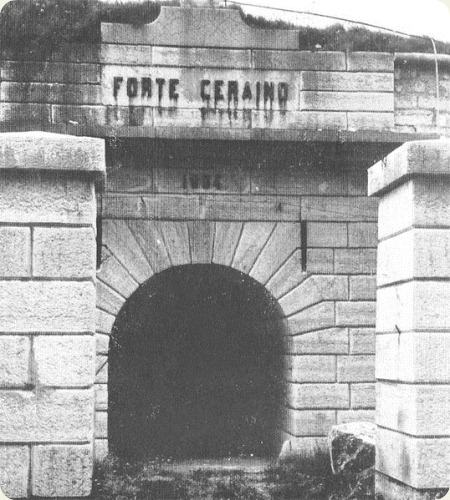
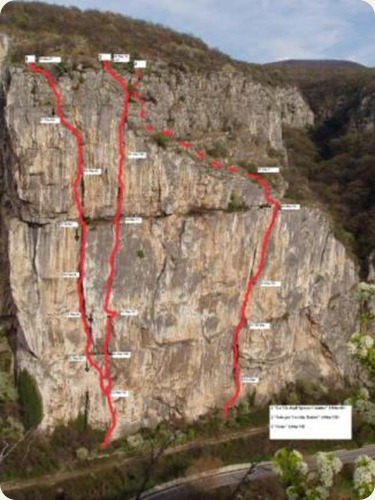
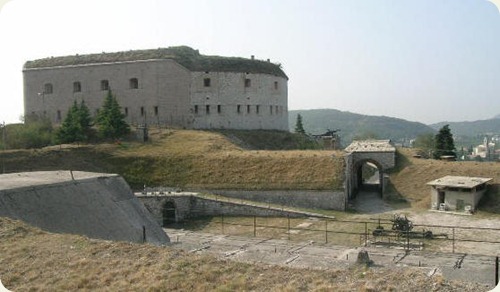
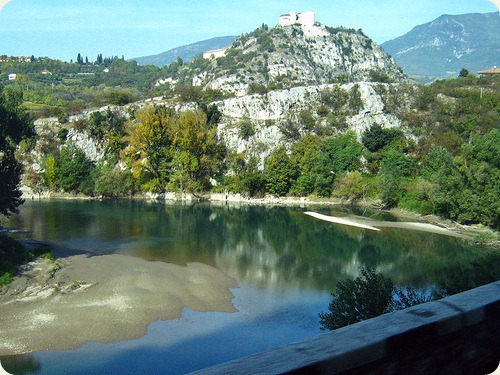
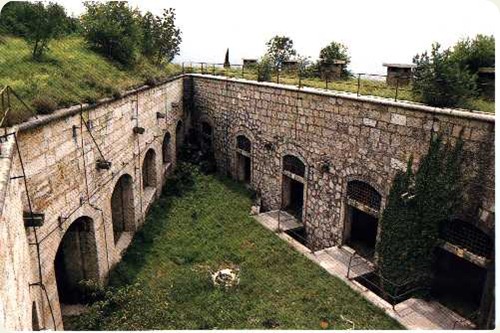
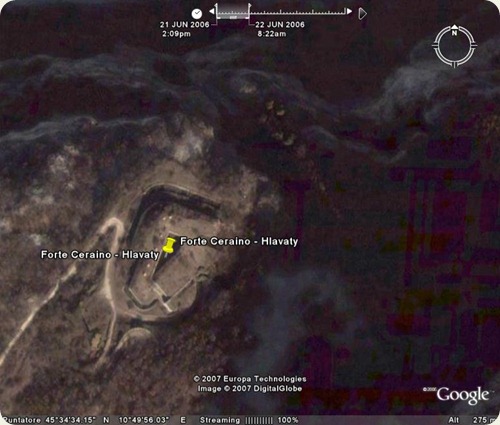
If you liked this article, subscribe to the feed by clicking the image below to keep informed about new contents of the blog:

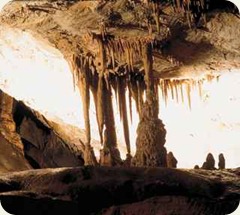 The walls of Saxon: This location may be the 'old Xifeo, conviction handed down by an uncertain location described by Livy, and called Lymphaeum (Linfèo), bitterly place involved in the Punic Wars.
The walls of Saxon: This location may be the 'old Xifeo, conviction handed down by an uncertain location described by Livy, and called Lymphaeum (Linfèo), bitterly place involved in the Punic Wars.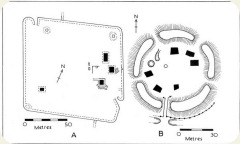 The 'area contains the remains of the walls around 1,500 meters long, the defense system was built by the Lombards.
The 'area contains the remains of the walls around 1,500 meters long, the defense system was built by the Lombards.